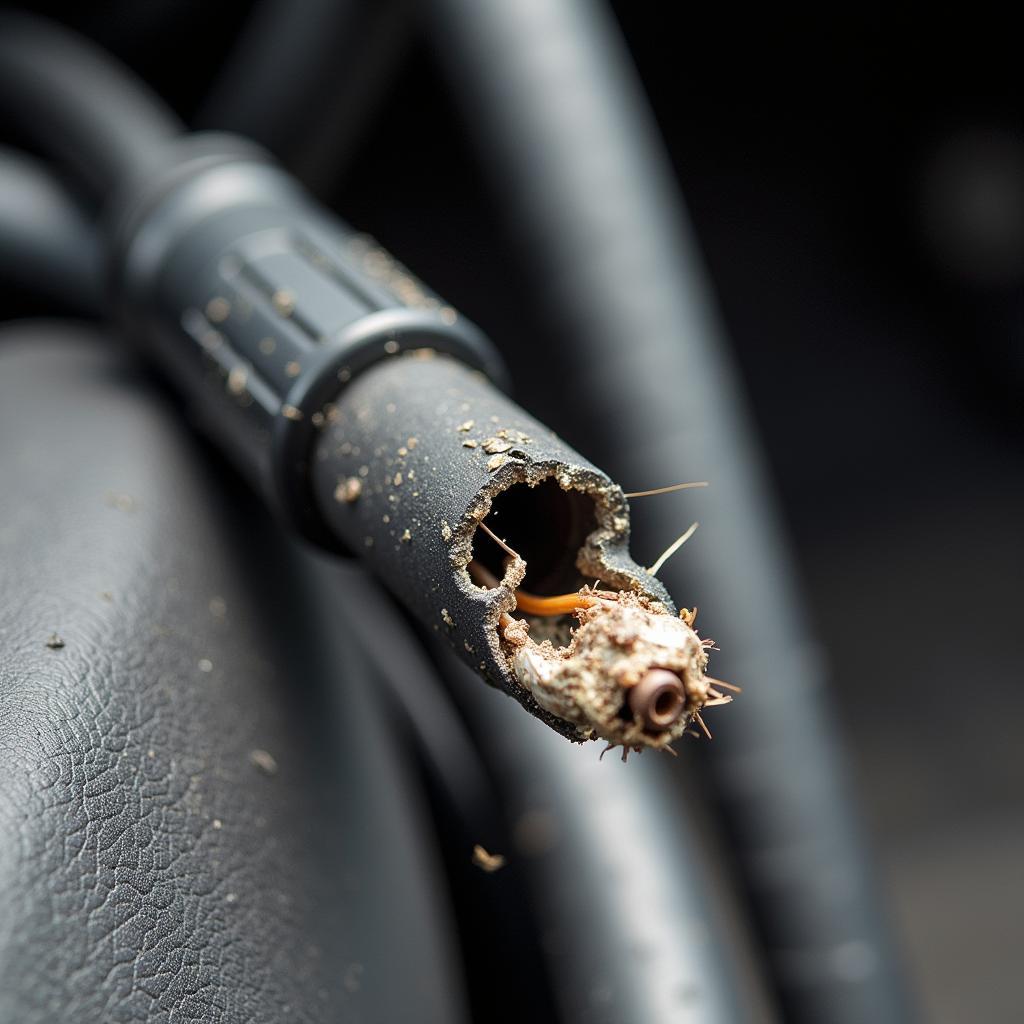Troubleshooting car problems can be a daunting task, whether you’re a seasoned mechanic or a new car owner. This comprehensive guide will equip you with the knowledge and techniques to effectively diagnose and address common car issues, saving you time and money. Let’s dive into the world of Car Problems Troubleshooting.
Understanding the Basics of Car Problems Troubleshooting
Before tackling any car problem, it’s essential to understand the basic principles of troubleshooting. This involves a systematic approach to identifying the root cause of the issue, rather than just treating the symptoms. A good starting point is always checking the owner’s manual for specific troubleshooting tips related to your car model. This can save you a lot of headaches down the road.
Common Car Problems and Their Solutions
Many car problems fall into a few common categories. These include issues with the engine, electrical system, brakes, transmission, and cooling system. Let’s explore some of these in more detail:
- Engine Problems: Symptoms like rough idling, loss of power, or unusual noises could indicate engine problems. Check for issues like spark plugs, fuel injectors, or air filters. Sometimes, more complex issues like a failing catalytic converter might require professional help.
- Electrical System Problems: These can manifest as flickering lights, a dead battery, or problems with the starter motor. A multimeter can be your best friend when dealing with electrical issues. Don’t forget to check your fuses!
- Brake Problems: Squeaking, grinding, or a soft brake pedal are signs of brake issues. Inspect brake pads, rotors, and brake fluid levels. Brake problems should be addressed immediately for safety reasons. What would you do if your brakes failed suddenly?
- Transmission Problems: Slipping gears, difficulty shifting, or strange noises coming from the transmission could indicate problems with this crucial component. Fluid leaks or low fluid levels should be checked immediately.
- Cooling System Problems: Overheating, leaks, or a low coolant level could mean trouble with your cooling system. Check the radiator, hoses, and water pump for potential issues.
Advanced Troubleshooting Techniques
Sometimes, you’ll encounter car problems that require more advanced troubleshooting techniques. This might involve using specialized diagnostic tools like an OBD-II scanner to read error codes from the car’s computer. If you’re not comfortable using these tools yourself, it’s always best to consult a qualified mechanic. Think of it as an investment in your car’s long-term health.
If you’re experiencing issues with your Tesla, check out this resource: tesla cars having problems. It offers valuable insights specific to Tesla vehicles.
Using an OBD-II Scanner
An OBD-II scanner is a valuable tool for diagnosing car problems. It plugs into your car’s diagnostic port and can read error codes that indicate specific problems with various systems. Once you have the error codes, you can research their meaning and narrow down the potential causes of the issue. It’s like having a direct line of communication with your car’s brain!
Addressing brake problems promptly is paramount. For insights into Club Car brake issues, explore this helpful resource: 95 club car brake problems.
Car Problems Troubleshooting: A Step-by-Step Approach
- Identify the Problem: What are the symptoms? When did they start?
- Gather Information: Consult your owner’s manual, online forums, or talk to a mechanic.
- Check the Obvious: Look for loose connections, low fluid levels, or worn parts. Have you checked your car speaker bass lately? If you’re experiencing audio issues, see car speaker bass problem.
- Use Diagnostic Tools: If necessary, use an OBD-II scanner or other specialized tools.
- Test Your Solution: Once you’ve made a repair, test the car to ensure the problem is resolved.
Even classic cars can present unique challenges. For information on Yugo car problems, see: yugo car problems. This resource provides specific troubleshooting tips for these vehicles.
Conclusion
Car problems troubleshooting can seem intimidating, but with the right approach, you can successfully diagnose and address many common issues. Remember to be systematic, gather information, and use the available resources. By following the tips in this guide, you’ll be well-equipped to handle most car problems that come your way. Contact us at AutoTipPro for further assistance. Our phone number is +1 (641) 206-8880, and our office is located at 500 N St Mary’s St, San Antonio, TX 78205, United States.
If you operate a car wash, maintaining your equipment is essential. Explore this resource for insights into car wash conveyor belt problems: car wash conveyor belt problems. It provides valuable information on troubleshooting and preventative maintenance.







Leave a Reply